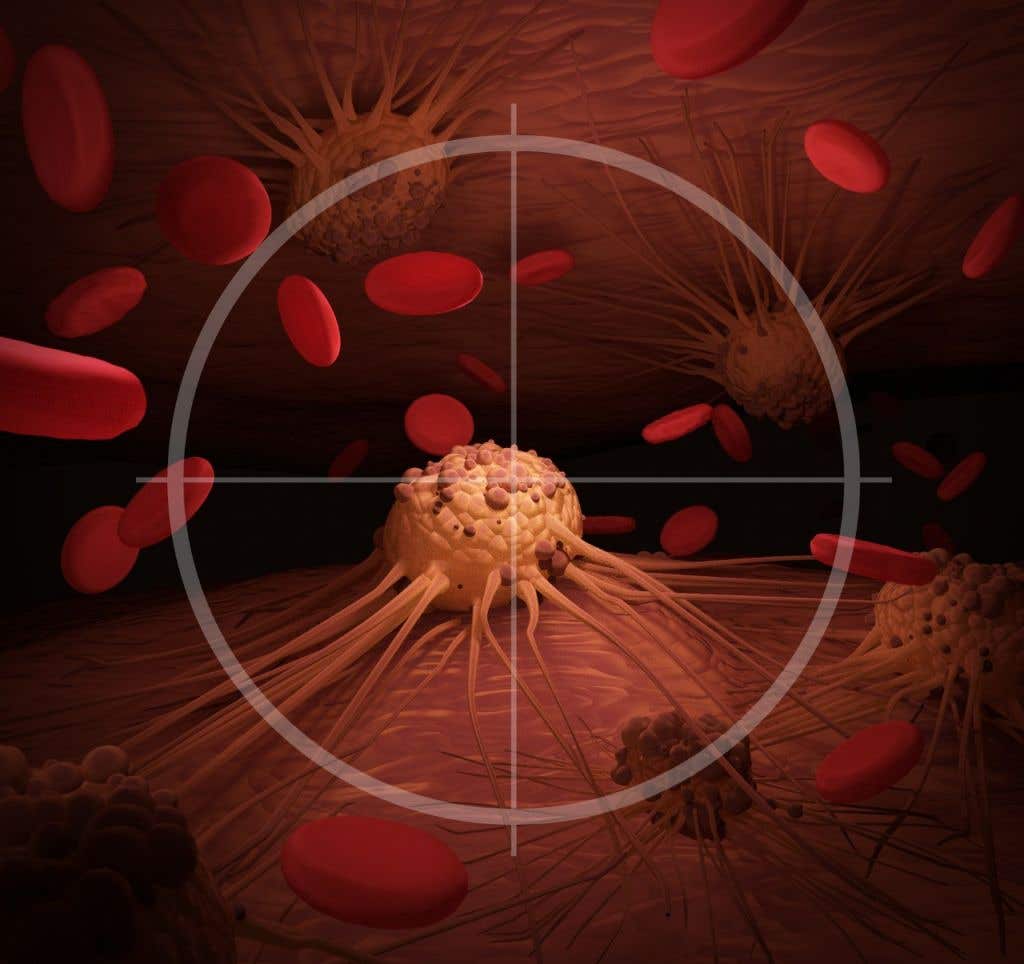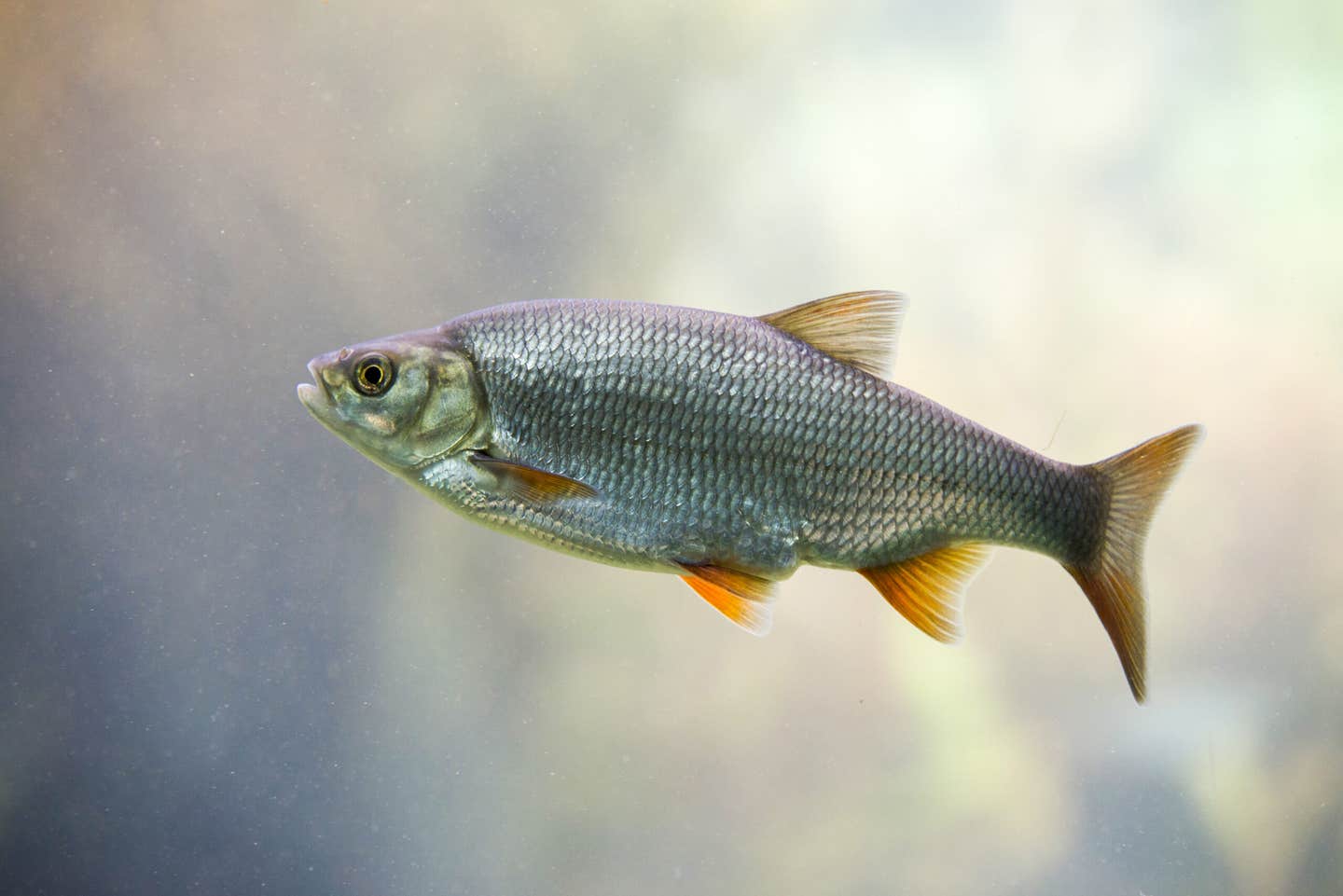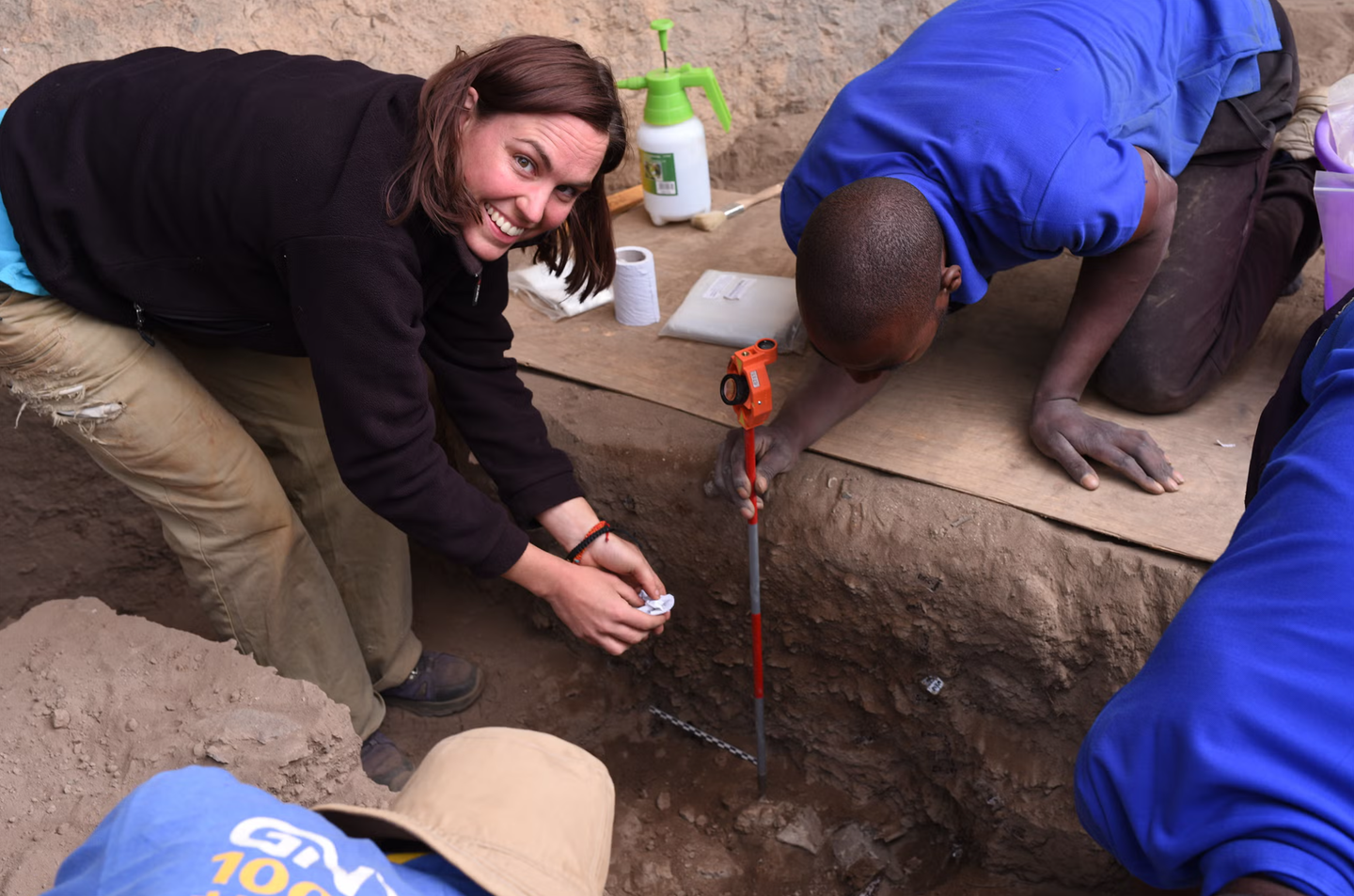New synthetic molecule targets and kills breast and pancreatic cancers in as few as three doses
Stanford researchers develop molecule that delivers immune-stimulating treatment directly to cancer, dramatically improving survival

An immunotherapy molecule administered intravenously to mice was shown to target tumors. (CREDIT: Aunt Spray / Shutterstock)
Scientists have developed a new molecule that can deliver powerful immune-activating treatment directly to cancer cells, marking an important advancement in cancer therapy. Traditionally, one major obstacle in fighting cancer is overcoming the tumor’s ability to suppress the body's immune response.
Now, researchers at Stanford University have created an innovative treatment capable of turning immunologically inactive tumors into targets the immune system can attack.
A Novel Approach to Immunotherapy
Current cancer treatments often involve injecting immune-activating substances directly into tumors. However, not all cancers are easily reachable. To overcome this challenge, the Stanford team combined two crucial elements into a single synthetic molecule, PIP-CpG. One part of the molecule, PIP, identifies and binds specifically to integrins—proteins commonly found on cancer cells. The other part, CpG, acts as an immunostimulant by activating Toll-like receptor 9 (TLR9).
When administered intravenously, the innovative PIP-CpG molecule efficiently reaches multiple cancer sites throughout the body. By directly targeting tumor sites, this treatment ensures that the immune-stimulating drug accumulates precisely where it’s needed most.
Effective Tumor Targeting and Immune Activation
The research team tested this therapy in mice suffering from aggressive breast cancer. After receiving just three doses, six out of nine mice survived significantly longer than untreated mice. Even more promisingly, three of these mice appeared completely cured, showing no tumor recurrence over several months. Impressively, a single dose was sufficient for complete tumor elimination in half of the tested mice.
Jennifer Cochran, PhD, Shriram Chair of the Department of Bioengineering at Stanford, was enthusiastic about these remarkable results. "We essentially cured some animals with just a few injections," she said. "It was pretty astonishing."
Related Stories
When researchers examined the treated tumors, they observed a drastic transformation. Previously dominated by cells suppressing immune activity, the tumors became filled with activated immune cells, including CD8+ T cells, CD4+ T cells, and B cells. This shift mirrors the results usually seen only with direct tumor injections.
Overcoming Limitations of Previous Therapies
While injecting immune-stimulating substances directly into tumors has shown promise, it presents significant limitations. Not all tumors are easily accessible, and injections typically fail to affect distant tumors effectively. This severely limits the therapy’s usefulness for cancers that spread or recur.
In the past, systemic administration (delivery through the bloodstream) of TLR9 agonists alone has had limited success due to poor tumor targeting. CpG, the immunostimulant component of the new molecule, recognizes specific DNA sequences typical in bacteria and viruses. Although CpG activates strong immune responses, previous attempts to deliver it through systemic methods failed to adequately concentrate the substance at tumor sites.
By linking CpG to the integrin-binding peptide, researchers significantly improved its targeting precision and therapeutic effect. Compared to standard treatments using only CpG, mice treated with PIP-CpG showed improved survival rates and more effective tumor reduction, even in challenging cancers like pancreatic tumors.
Transforming the Tumor Microenvironment
An essential aspect of cancer progression involves the tumor’s environment, which often prevents the immune system from recognizing and attacking cancer cells. This environment typically contains cells like myeloid-derived suppressor cells, which block immune responses and promote tumor growth. The Stanford team discovered that their targeted treatment dramatically altered this environment.
Ronald Levy, MD, a senior author and professor at Stanford’s School of Medicine, highlighted the significance of this finding. "The sculpting of the tumor microenvironment by this intravenously administered molecule was identical to injecting immune-stimulating agents directly into the tumor," he explained. "This is a big advantage because it's no longer necessary to have an easily or safely injectable tumor site."
By shifting the tumor environment from immunosuppressive to immune-activating, the PIP-CpG molecule helps the body's natural defenses engage effectively with cancer cells. This approach holds promise for treating various cancers, potentially including those currently considered hard-to-reach.
Potential for Versatile Cancer Treatment
One of the most compelling aspects of this study is the versatility of the targeting molecule, PIP. Developed by Cochran’s team, PIP binds efficiently to integrins present in various cancers, making it widely applicable. Caitlyn Miller, a graduate student and lead author, emphasized, "PIP is a really versatile tumor-targeting agent because it can localize to so many different types of tumors."
Unlike larger antibody-based treatments, the smaller peptide-based molecules offer benefits like rapid clearance from the bloodstream, easier penetration into tumors, and simpler manufacturing processes. The Stanford team has previously used similar approaches to deliver chemotherapy drugs and imaging agents directly to tumors, demonstrating the reliability and flexibility of the technology.
Collaborative Efforts and Future Directions
The current study, published in Cell Chemical Biology, involved a broad collaboration across Stanford’s departments, including bioengineering, chemistry, medicine, and developmental biology. The team included senior scientists Jennifer Cochran, Carolyn Bertozzi, PhD, Ronald Levy, and lead researchers Caitlyn Miller and Idit Sagiv-Barfi, PhD.
Building upon earlier studies, researchers are optimistic about the treatment's potential. A prior study by Levy and Sagiv-Barfi using direct tumor injections showed that CpG combinations could eliminate local tumors and distant metastases, even preventing future tumor growth. These results led to ongoing clinical trials for certain lymphomas.
"After more than 10 years of work on PIP, it is rewarding to experience this convergence of expertise," Cochran said, highlighting the decade-long collaborative effort. This groundwork sets the stage for future trials in humans, though further research will be necessary to ensure safety and efficacy.
Currently, researchers are exploring how this targeted approach could combine effectively with other cancer therapies. They are testing PIP-CpG in various types of cancer, aiming to expand its potential applications.
Though more research lies ahead, the successful results from animal studies bring new hope to developing an effective treatment for previously challenging cancers. This innovative approach exemplifies the power of combining precise targeting with strong immune activation, potentially leading to safer and more effective cancer therapies.
Note: The article above provided above by The Brighter Side of News.
Like these kind of feel good stories? Get The Brighter Side of News' newsletter.



